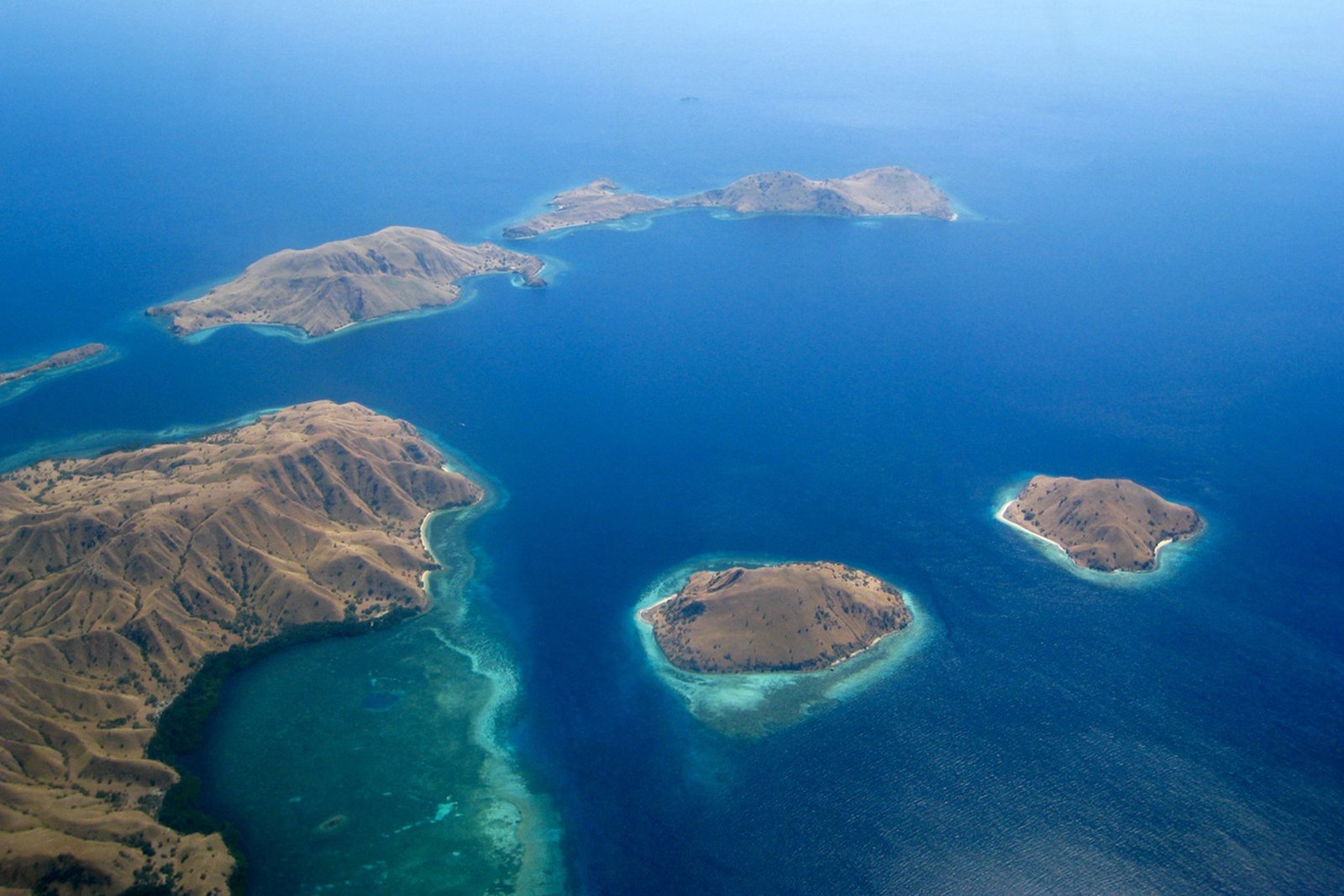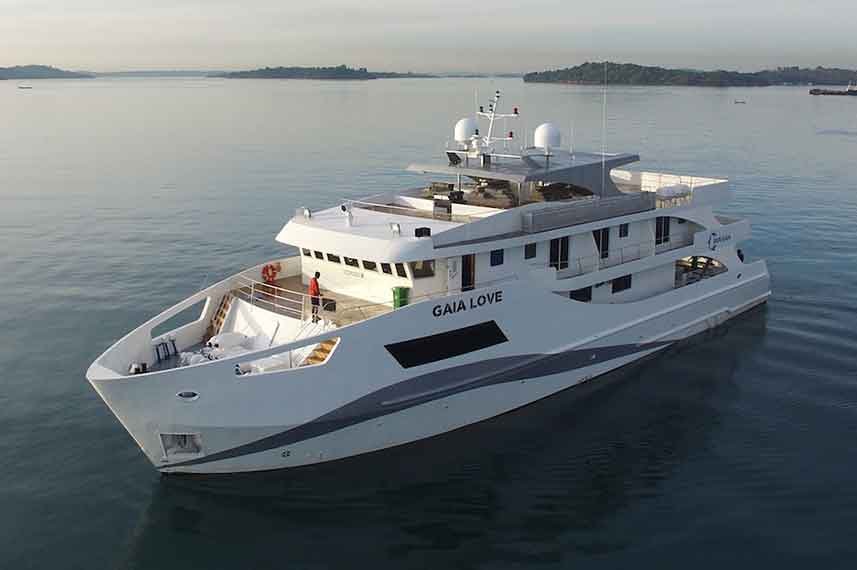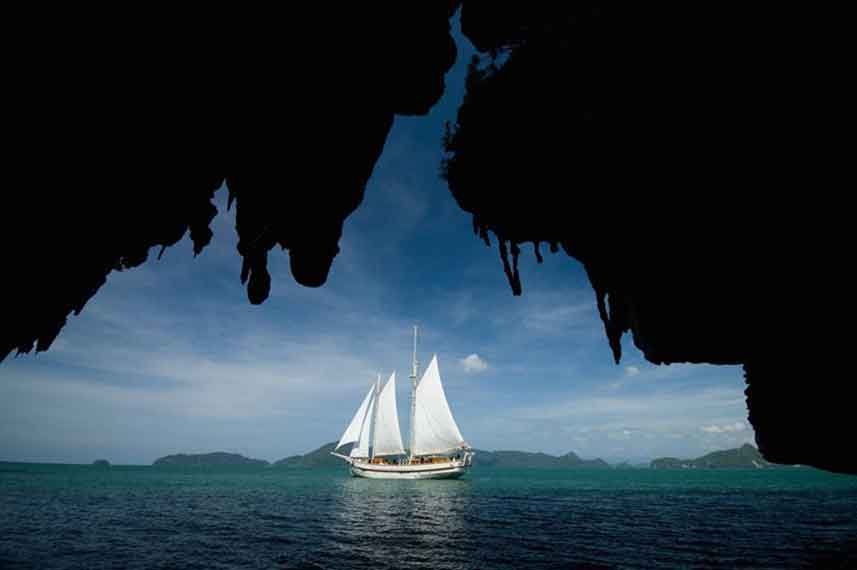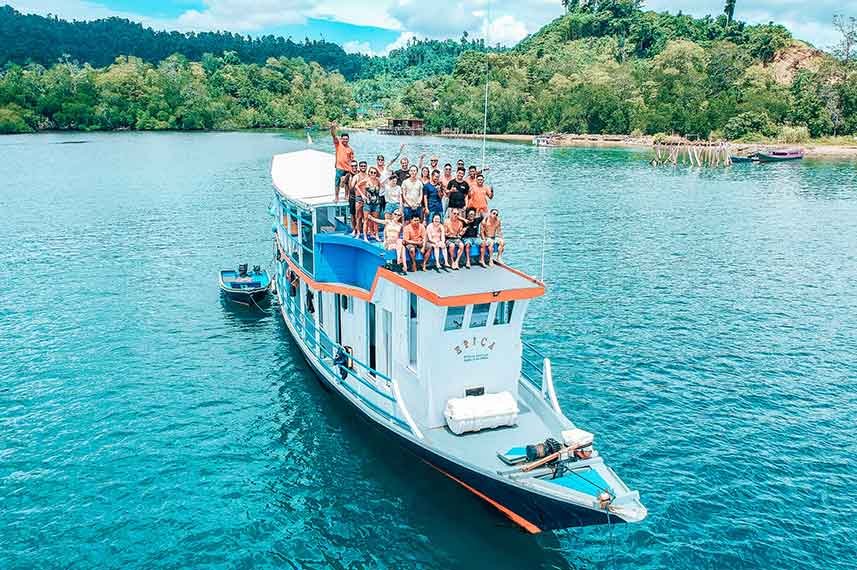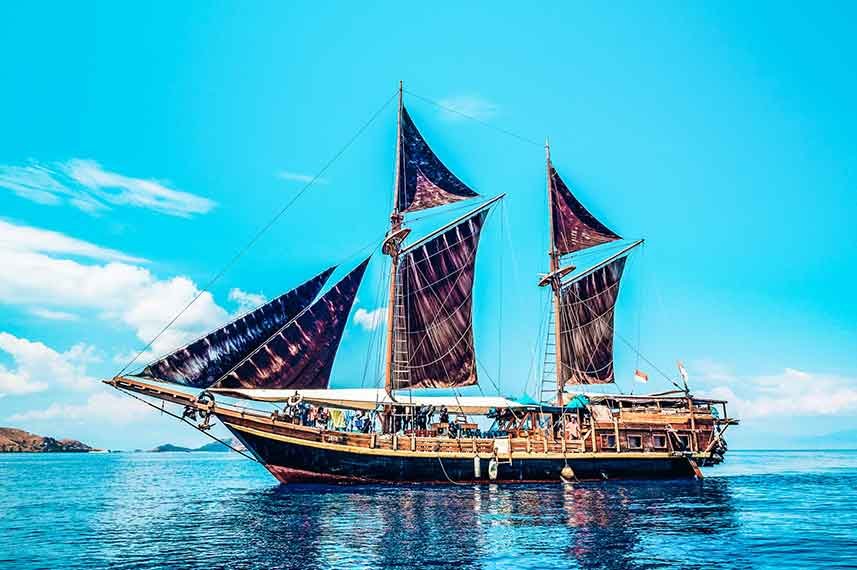Indonesia, an archipelago that’s a haven for divers, offers a plethora of underwater treasures and diverse marine life. The country’s sprawling expanse presents different diving opportunities throughout the year, each season unveiling its unique charm. Here’s a comprehensive seasonal breakdown of the best months to visit Indonesia for diving, highlighting the ideal locations and what divers can expect during various seasons.
Dry Season (April to October)
Best Locations:
- Raja Ampat: April to October showcases calmer seas and excellent visibility, making it an optimal time to explore the vibrant marine life and astonishing biodiversity in Raja Ampat.
- Komodo National Park: The dry season unveils the best conditions for diving in Komodo, with warm waters and remarkable visibility, perfect for encountering manta rays and diverse underwater landscapes.
What to Expect:
- Calm Waters and Excellent Visibility: The dry season offers clearer waters and milder currents, providing optimal diving conditions across various sites.
- Thriving Marine Life: Divers can expect encounters with an array of marine creatures, from majestic manta rays to intricate coral formations and vibrant schools of fish.
Visit: Raja Ampat Liveaboard / Komodo Liveaboard
Gaia Love 11D10N
Raja Ampat
29 dives
Certificate: Open Water
10 minimum logged dives required
Emperor Raja Laut 13D12N
Ambon, Banda Island, Raja Ampat
33 Dives
Certificate: Advanced Open Water
50 minimum logged dives
Emperor Raja Laut 8D7N
Komodo Island
18 Dives
Certificate: Advanced Open Water
50 minimum logged dives
Wet Season (November to March)
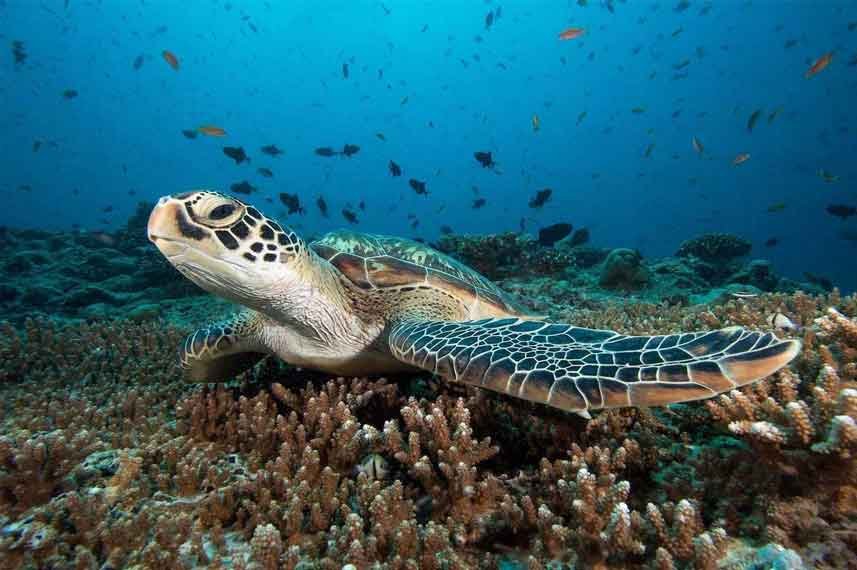
Best Locations:
- Bunaken: Despite the occasional rainfall, Bunaken remains a great diving spot during the wet season, offering a unique experience with its exceptional wall diving and diverse marine life.
- Gili Islands: The wet season might bring occasional rains, but Gili Islands present opportunities for divers with shallow reefs and drift dives suitable for different skill levels.
What to Expect:
- Occasional Rainfall and Reduced Visibility: The wet season can bring rain and decreased visibility, but diving is still possible in many regions, offering a different perspective of the underwater world.
- Potential Marine Encounters: Although visibility might reduce slightly, the wet season still brings encounters with various marine life, including turtles, reef sharks, and colorful fish.
Transitional Periods (March-April & October-November)
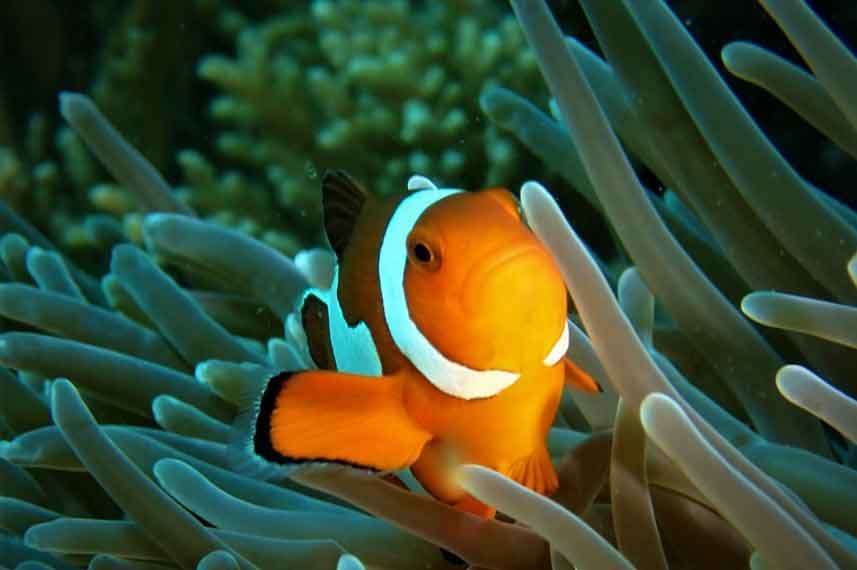
Best Locations:
- Alor: The transitional periods can still offer excellent diving conditions in Alor, presenting stunning underwater seascapes, pinnacles, and diverse marine life.
- Lombok: This transitional phase might have mixed weather, but Lombok’s Gili Islands and surrounding areas still offer diving opportunities.
What to Expect:
- Varied Conditions: The transitional periods might witness changing weather conditions, sometimes bringing rainfall or occasional strong currents, requiring divers to choose suitable sites accordingly.
- Varied Marine Life Encounters: Despite changing conditions, divers can still witness an array of marine life, showcasing the resilience and adaptability of Indonesia’s underwater ecosystems.
Understanding Indonesia’s seasonal variations helps divers plan their trips, ensuring they make the most of the optimal diving conditions in different regions. Whether it’s exploring the stunning biodiversity of Raja Ampat during the dry season or experiencing the unique charm of Bunaken’s walls during the wet season, Indonesia’s diverse underwater world promises a captivating experience throughout the year.
Thank you for visit Liveaboard in Indonesia.

